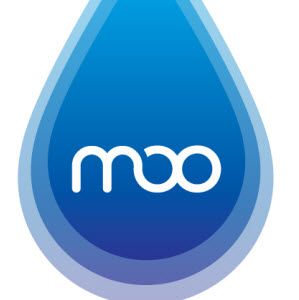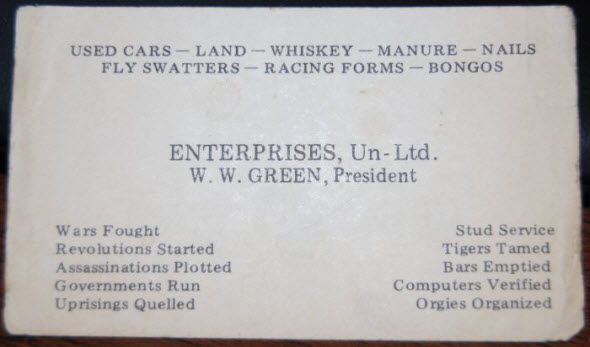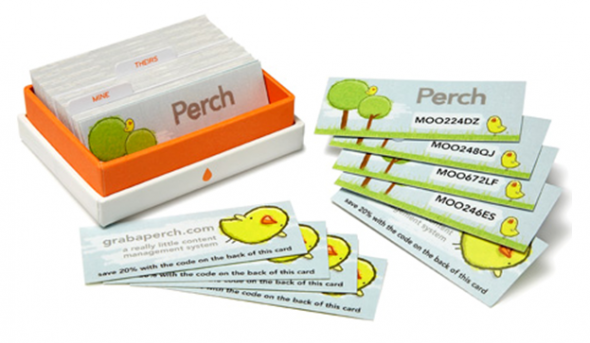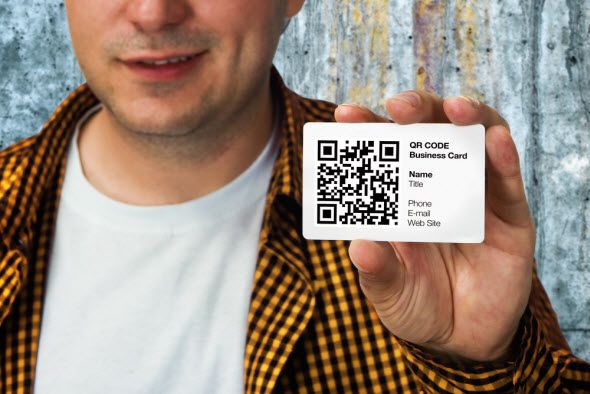This guest post was written by Simon Goble of print and design company moo.com. MOO prints business cards, greeting cards, stickers and much more. Visit them at http://us.moo.com
The business card is a ubiquitous sight in any business meeting. The first documented use of them can be tracked to Japan in the 15th Century. These formal royal announcements, known as 'meishi', were distributed amongst the local community as a sign of a potential visit. The use of cards as formal announcements was later adopted by aristocrats in 17th Century France.
However, the formality behind these announcement cards was dropped when tradesmen of London used them amongst their clients as multipurpose advertising. Some were used as pocket maps showing the location of their stores. Others were used as personalized invoices for their trade.
These practices have differed little in the 21st Century although there's a lot more to the modern business card than just text and pictures. Although a great card design can capture the attention of others, your business card can be so much more – it can be the key into your business and its unique personality.
Here at MOO.COM, we adore the business card and the endless potential they have, from colour, to texture, and shape. With this in mind, here are a few of our ideas to help create the ideal business card for your business.
The Pocket Portfolio
If you are an artist, a photographer, or even have innovative products to sell, grabbing your customers' attention is key. Rather than simply sharing your name and contact details, your business cards can become an ideal portable portfolio or showroom. This approach can guarantee that your intended audience sees your work in its best light and see what makes you stand out from the crowd.
Making a Game Of It
"Gamifying" your business cards can be a great approach to your marketing strategy, especially if you run a small shop or restaurant. This approach instantly taps into your customer's natural curiosity. A common practice is to turn your business cards into a loyalty card – encouraging customers' regular purchases with stamps. A completed card can be traded in to receive a reward, be it a special offer or discount on one of your products.
A Tracking Tool
Technology company Perch offer discounts for their CMS platforms by using multiple fronts on their business cards. They can distribute them at various technology events. Using multiple fronts to your own business cards in this way also makes them track able - by giving your potential customers a different card you can keep track of which codes have (or haven’t) been reclaimed, and match them to the event at which you gave these cards out. It’s real-world ROI tracking in action!
Adding a New Dimension
It can sometimes be challenging to communicate on paper, especially if your business works in sound, animation, or video. For example, if you are a freelance filmmaker, your business card should be able to communicate your camera skills and have a show reel of your past projects.
If you think creatively, you can add a whole new dimension to your business card by making use of QR codes and augmented reality. These technologies bring a completely new functionality to your business card and can communicate considerably more than just paper and ink. However, these technologies can offer the best of both the real world and the virtual world for your business, and show how your business is stepping into the future.
A simple and quick way to add interactivity to your business card is by adding a QR code. These little black and white marks are infamous now in the modern business environment but can be used in thousands of creative ways. Why not add a little mystery by having it as the only thing on your business card? Your potential clients will have no other choice but to scan the code. This could lead to more content that one humble business card could ever hope to display! It could lead to a secret VIP area with discounts and offers for customers, a competition page, or simply the 'contact me' page of your website.
Here's an innovative idea from French designer Victor Petit; after scanning in his QR code, a YouTube video of himself is loaded up explaining his skills and his interests, really demonstrating a passion for his profession.
https://www.anrdoezrs.net/links/7251228/type/dlg/sid/UUmuoUeUpU60530/https://vimeo.com/21228618#at=4
Augmented reality (or AR) blurs the line between the real world and the virtual world by allowing users to interact with computer-generated graphics and content in real time. This relatively young technology has made some incredible leaps already and is a great platform for communicating your ideas. However, the best thing about this technology is that you can achieve something impressive with little or no technology background!
The easiest and quickest way to add AR interactivity is with external software. The free mobile app Aurasma (available on iOS [Broken URL Removed] and Google Play) can automatically assign video content to the front of your business card. This is achieved by teaching the software to recognize the front of your card and assign the content to it directly. A phone with the software can then scan the image with its camera and display that content almost immediately.
You could use this technology to conduct a presentation to your potential clients with an interactive video, something that is practically impossible when your clients may only have a few minutes to spare. Here’s a great example of this thinking from British design agency The District, showing that a simple piece of paper can have just the same impact in today’s tech-orientated world.
The mobile game development company Bouncing Ball turned their business card into a game using AR technology. When their card is presented in front of the camera on either an iPhone or an iPad, a maze is loaded with a small ball inside. The ball can be moved to the final goal when the card is tilted. What could be more perfect for a mobile game developer? Also, if you have an amazing future product, why not allow your potential clients to see an interactive 3D model of it through your business card? The possibilities are endless!
Inside Out
Along with the use of interactive imagery, new technology is being used in everything from toys to identification cards. These innovative objects are based around the use of a chip located inside. One example of these interactive chips are paper-thin NFC tags. These can be inserted into nearly anything, including a business card. These tiny tags can store nearly any information that is revealed to a user simply by using their mobile phone.
For example, on scanning a film poster, a tag can tell a customer's phone to open its video player and play the trailer for that film. Businesses are already using these tags to store information about their business, providing links to their websites, social networks, and even a direct link to their online shop.
We believe the business card is here to stay, and with the use of these innovative new technologies and clever creative thinking, the print-based business card will stay and evolve for futures to come. No other object can support the communication between business people more and with these new tools, the business card can become an even better communication tool than it is today.
Image Credits: Smiling woman holding a loyalty card against a white background via Shutterstock, Construction worker holding a QR code business card via Shutterstock





